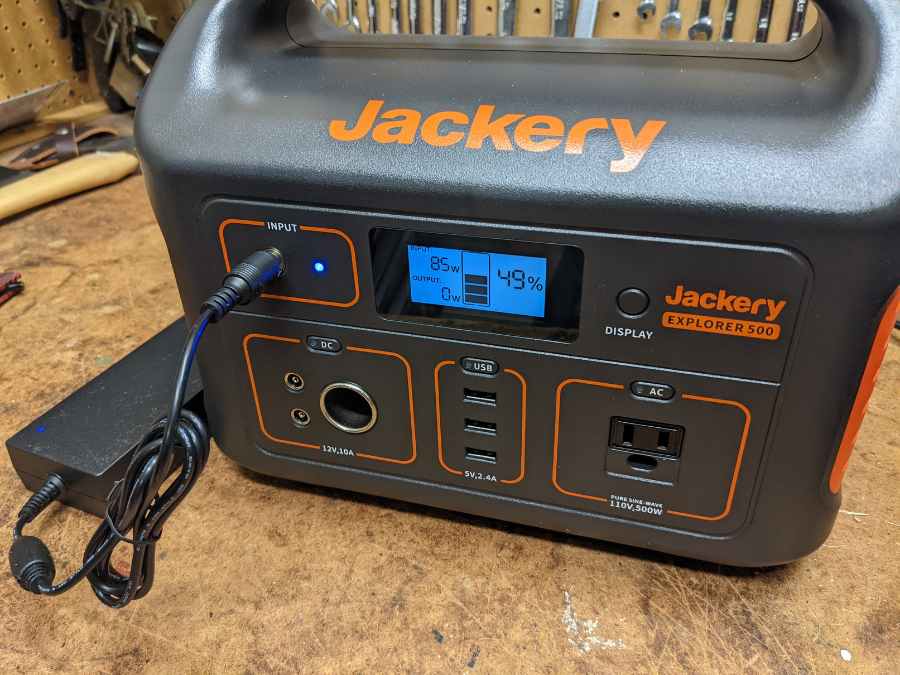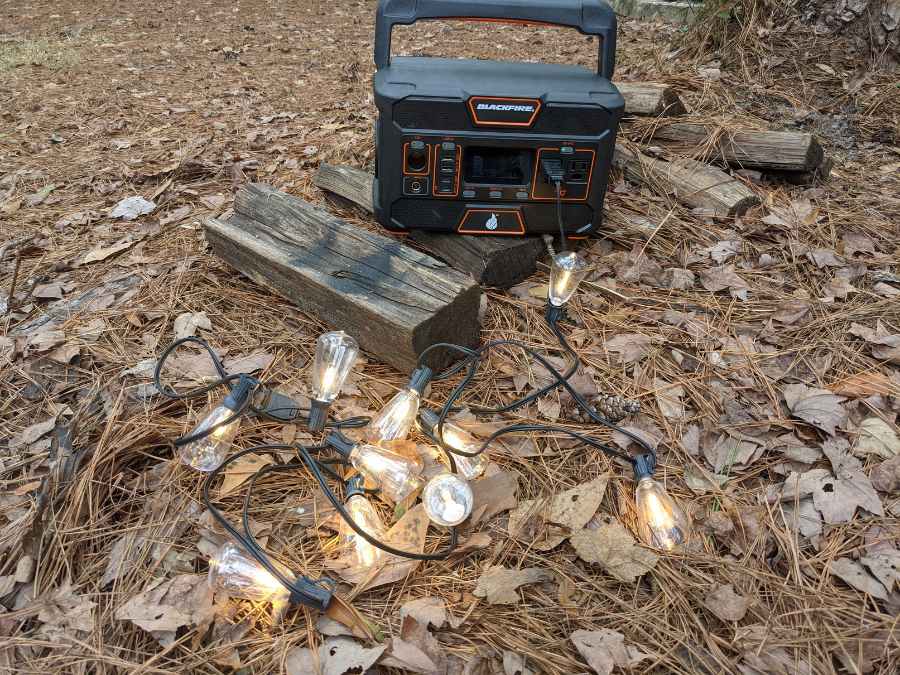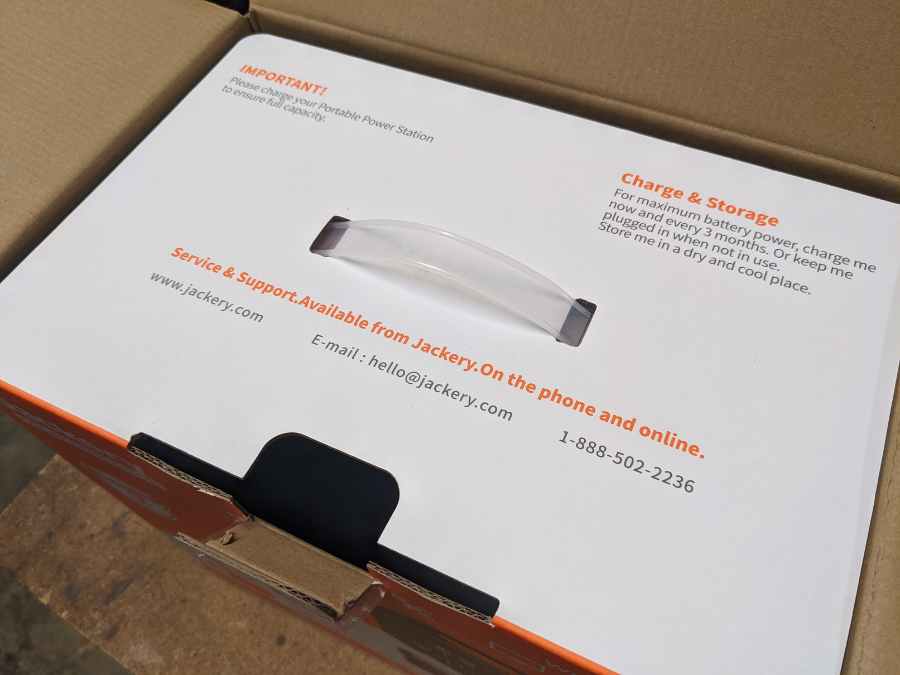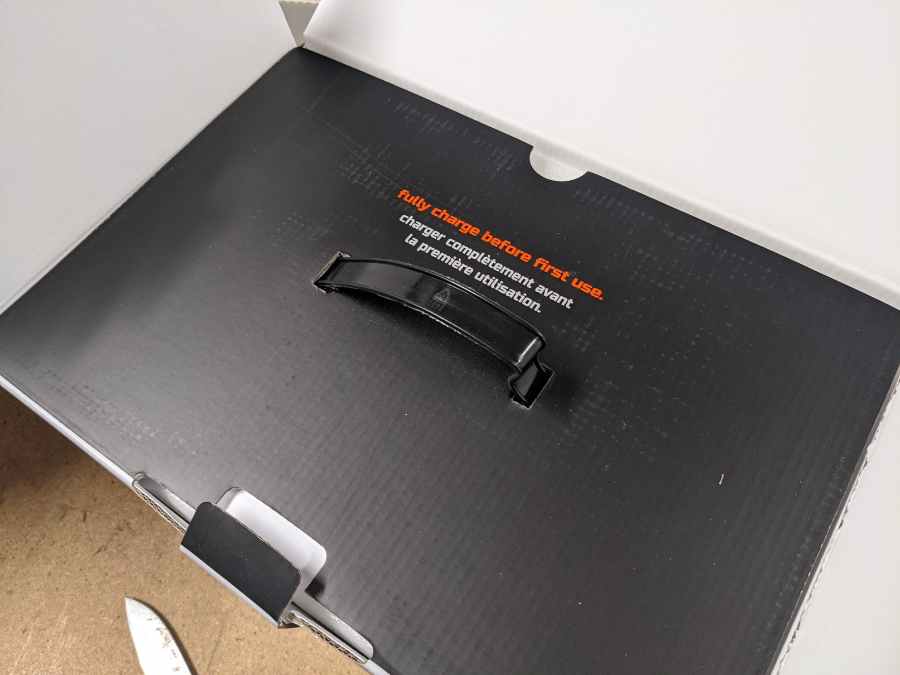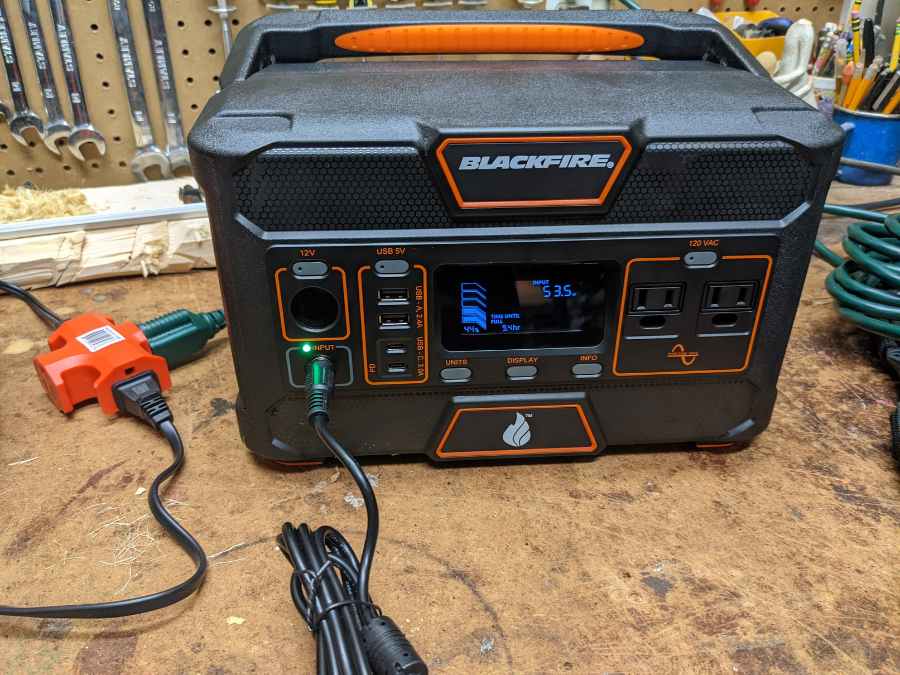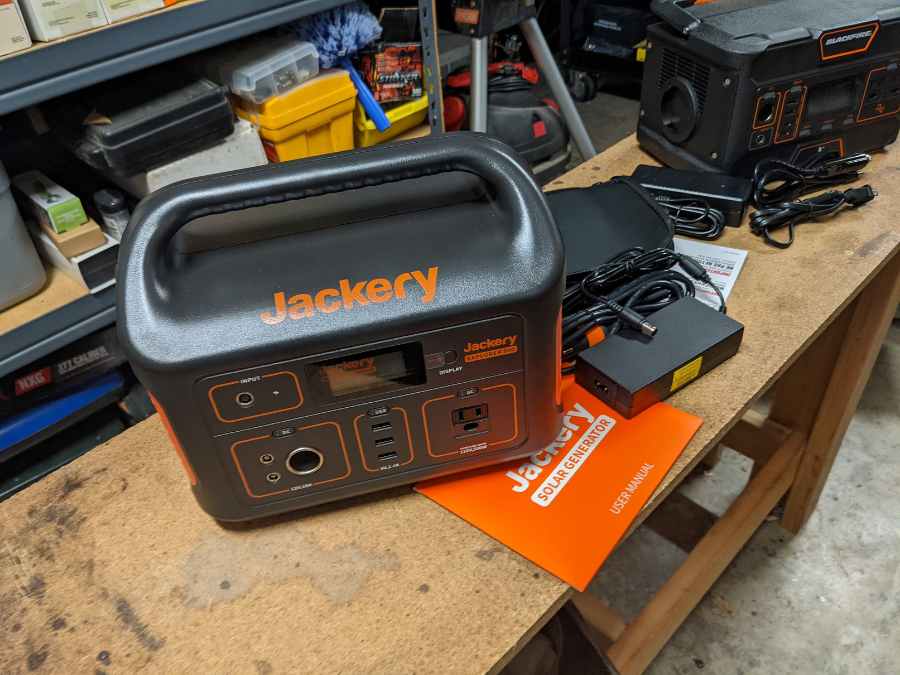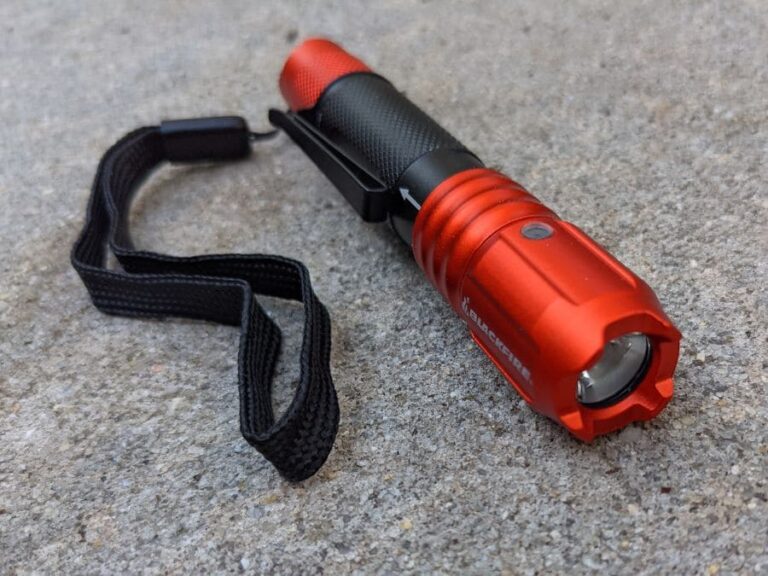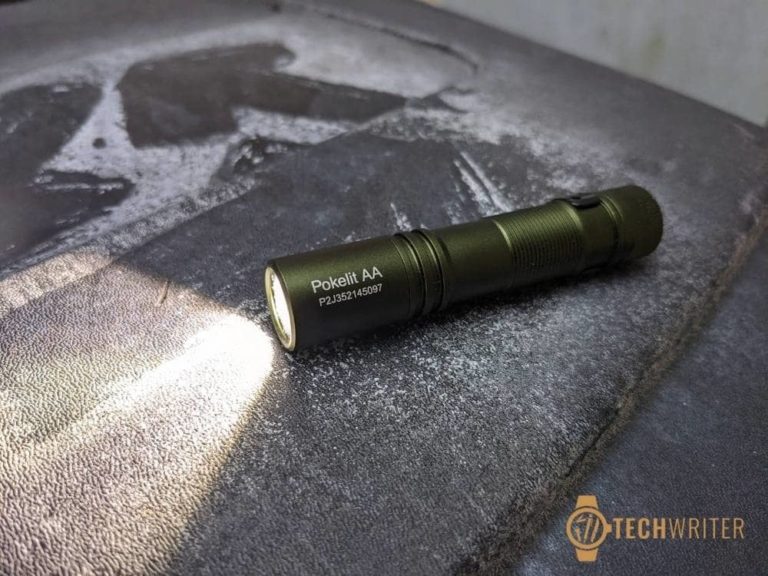Blackfire 500W Portable Power Station Vs. Jackery 500W Portable Power Station
If you’re going to plunk down your hard-earned cash for one of these, I think you should get the best. And for my money, the Blackfire Portable Power Station is the clear winner. Read on to find out the details.
Any time you go off the grid, there’s always a question as to how and when you’ll be able to charge your devices. These days, it’s not easy to fully unplug, which is where portable power stations come in.
Portable power stations provide a source of power wherever you go. Most range from 300 to 1,000 watts, making them less powerful than a traditional gas generator, but also much more so than the smaller power banks used for charging phones and small devices.
Today I want to compare two different 500 watt portable power stations; one made by Blackfire, and one made by Jackery. Offering equal wattage and going for the exact same price ($499 at the time of publication), these two models are ripe for comparison.
The Jackery Explorer 500 Portable Power Station is well established, and for a while now has been the only game in town, at least in this price and wattage range. You might say the Blackfire Portable Power Station 500W is a young upstart, but one that I would argue offers some significant advantages over the Jackery Explorer 500.
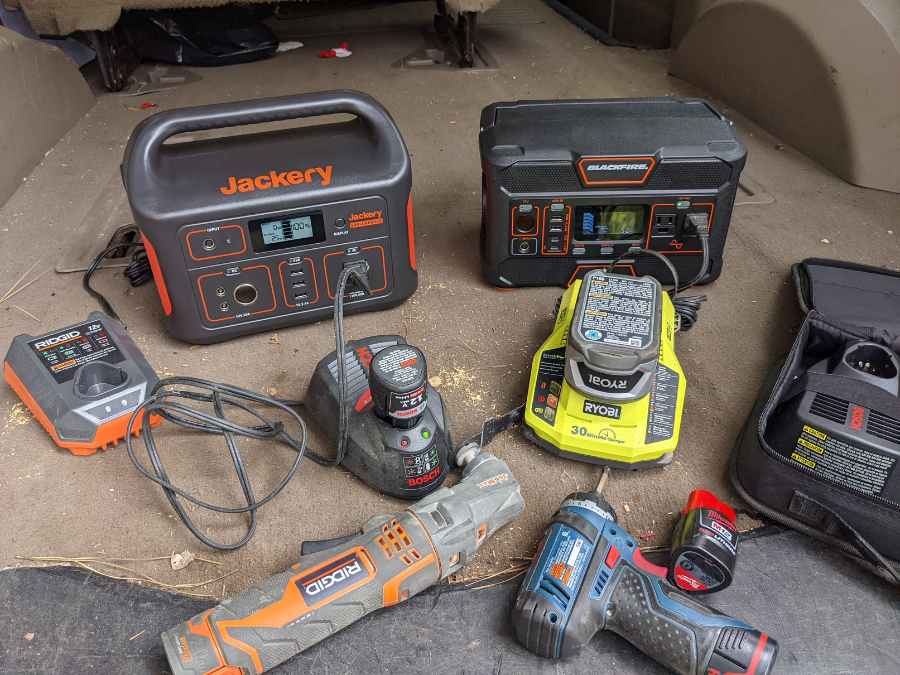
Who’s It For?
First and foremost, whether you ultimately purchase a Blackfire power bank, a Jackery model, or some other product altogether, it’s important to know why you’re buying it, and what your intended uses are.
Portable power banks are ideal for camping trips, tailgating parties, and similar scenarios in which you want to charge or use an electrical device in a space where you wouldn’t otherwise have power. A lot of people also consider them ideal for RVing or van life.
Portable power banks are also great to have at home in case of an emergency. They can’t run your entire household if the power goes out, but they can ensure that phones and other essentials stay charged.
A 500W portable power bank like the ones we’re comparing today can charge your laptop, phone, camera and tablet, and can also power any appliance that uses less than 500 watts. That includes most TVs, LED lights, mini coolers, air pumps, electric blankets, fans and CPAP machines. If you need to power something that requires more wattage, Blackfire and Jackery both make 1,000W portable power banks as well.
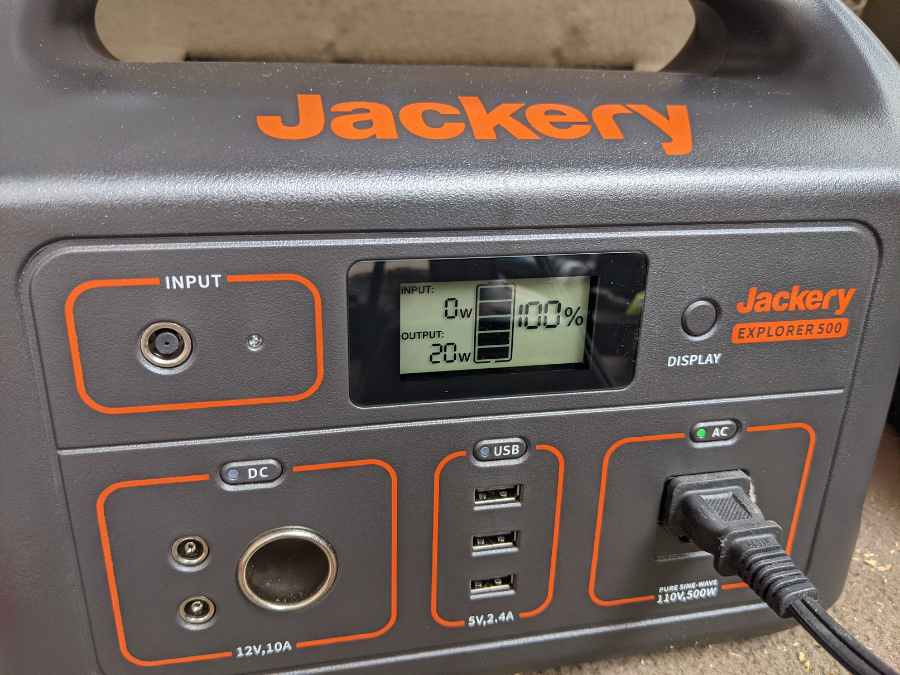
Battery Capacity & Charging
In terms of how they’re built and how they actually work, the Blackfire Portable Power Station 500W and the Jackery Explorer 500 Portable Power Station have more in common than they have differences. Both utilize lithium ion cells to deliver superior performance, and both can be used to power a range of devices and appliances up to 500W.
Both companies also make similar claims about their battery capacities and how long their portable power stations will last powering various devices. Blackfire states their battery capacity as 505 Watt-hours (46.8 Amp-hours/10.8V), while Jackery states theirs as 518 watt-hours (24 Amp hours/21.6V).
That makes the Jackery slightly higher, but at the end of the day, both batteries have similar capacities, and will provide power for a similar length of time under identical conditions. Based on my own personal usage of these power stations, I’ve failed to completely run either one down to empty during long tailgating outings running multiple devices. I have no complaints about the capacity or lifespan of either one.
Charging the power stations themselves can be accomplished by plugging them into an AC outlet or DC carport (adapters for both are included with both models). Neither offers particularly fast charging; expect to leave your power station plugged in for at least 7 hours for a full charge.
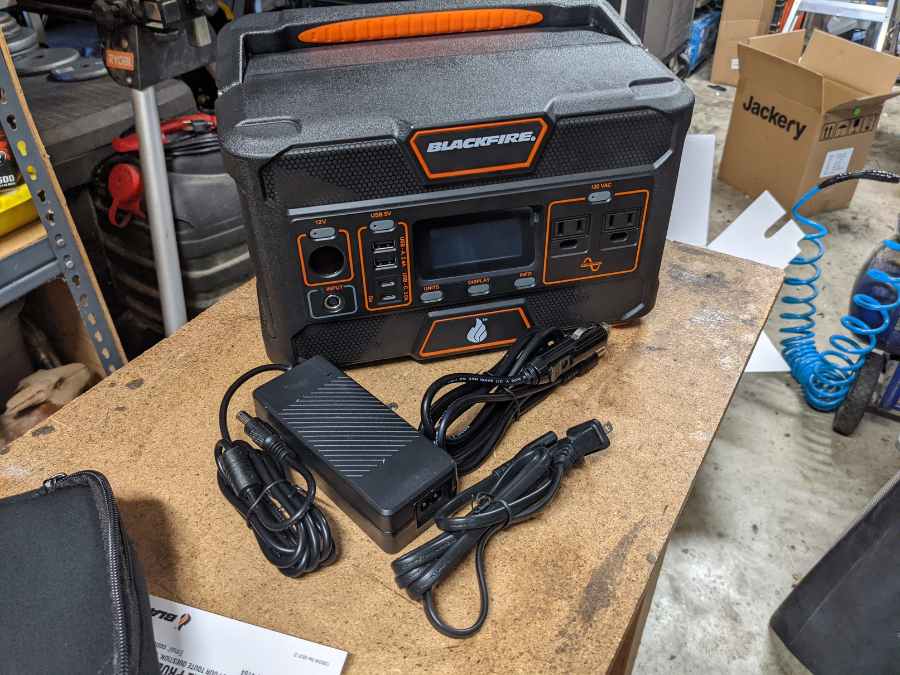
Ports & Output
The Blackfire and the Jackery are both 500W power stations, so they have essentially identical outputs. Both offer 500W rated power (and 1,000W surge power), and both use pure-sine wave inverters, which ensure that they are safe to use for sensitive electronics.
But the assortment of actual output ports that have been provided on each power station are quite different, and the Blackfire Portable Power Station truly blows the Jackery out of the water in this category.
A major flaw of this Jackery model is that it only has a single 110V AC port. That means if you want to plug in more than one device that has a standard AC plug, you’ll need an additional power strip. The Blackfire has two 120V AC ports, which is simply better, allowing you to plug in two standard AC devices at once.
The Blackfire also scores points by including both USB-A and USB-C ports, which is exceptionally useful considering how many newer devices use USB-C connections. While the Blackfire has two USB-A ports and two USB-C Ports, the Jackery only has three USB-A ports.
The Jackery also has a pair of 6.5mm x 1.4mm DC ports, which are such an obscure size that they’re close to useless without an adapter. It doesn’t hurt that they’re there, but one has to wonder why. Both the Blackfire and the Jackery also have DC car adapter outputs.
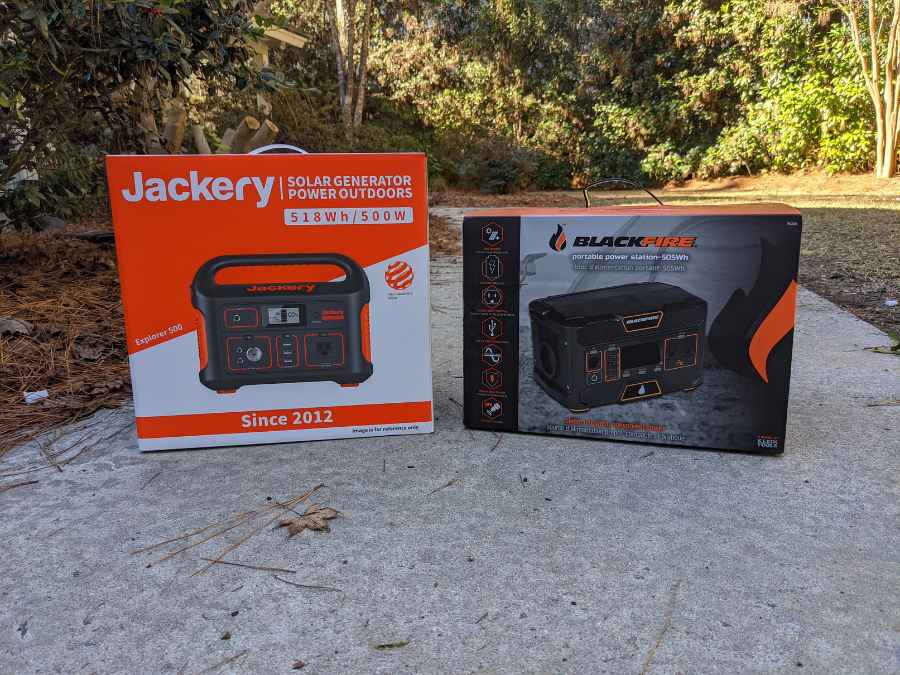
Portability & Storage
These two power stations are similar in size. For context, both are roughly the dimensions of a gallon milk jug. But the Blackfire has some clear advantages that make it easier to carry.
In terms of weight, the Blackfire Portable Power Station is the clear winner. The Blackfire weighs 12.1 pounds, compared to the 13.32-pound Jackery Explorer. Neither is lightweight by any means, but a difference of just over a pound is significant if you plan on lugging your power station around.
The other advantage of the Blackfire—and I consider this to be a big one—is that it has a folding stow-away handle, whereas the handle of the Jackery is fixed in the upright position. That reduces the height of the Blackfire by nearly 2 inches, and allows the unit to be stowed in a more compact space. That’s a huge advantage, especially for campers and van lifers, for whom every inch counts.
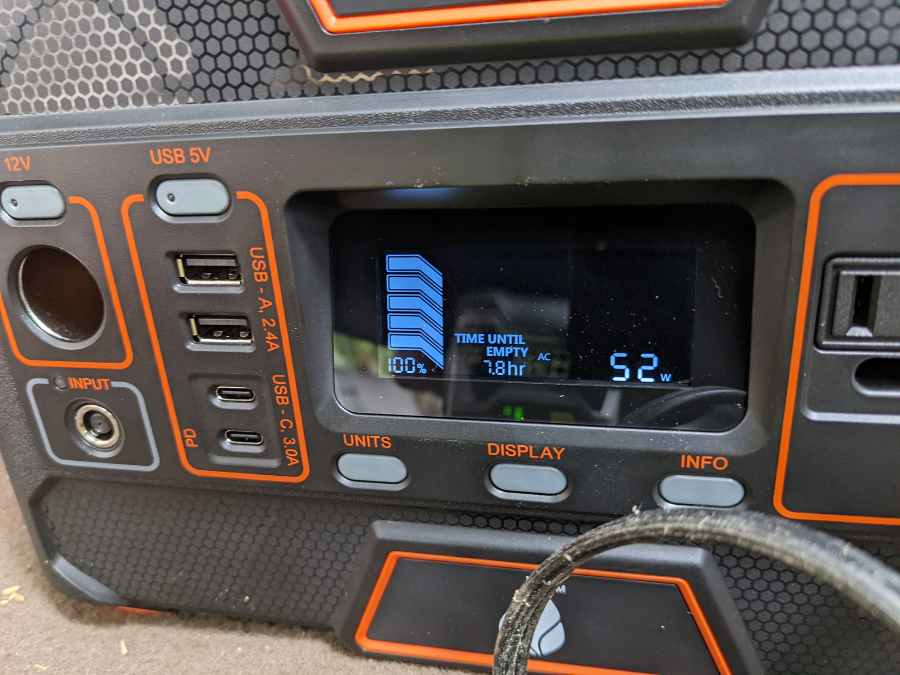
Display
Both portable power stations include display screens that show information about the unit’s current input and output wattage, as well as battery level. The Blackfire also includes “Time Until Empty” based on current usage, which I really like, and I find that to be at least as useful as the actual percentage of the battery remaining.
Although both displays are quite clear and easy to read in the daylight, the Jackery’s display is less clear indoors or in darker conditions. It does have a backlight feature for darker conditions, but it only stays on for a couple of seconds when you press the “Display” button. I prefer the display of the Blackfire power station, which can be left on or set to an auto-off function.

Accessories
The Blackfire Portable Power Station 500W and the Jackery Explorer 500 Portable Power Station are both compatible with solar panels, which are sold separately. I haven’t tested them out personally, so I can’t speak to their effectiveness, but the Blackfire gets points for affordability here. The Blackfire Portable 60W Solar Panel goes for $199, compared to $249 for the Jackery SolarSaga 80W Solar Panel.
The Blackfire power station also has a side mount for a wireless speaker, which is compatible with both the Blackfire BTSM1 speaker (sold separately) or the Klein Tools AEPJS1 speaker. Very handy for tailgating, I must say.
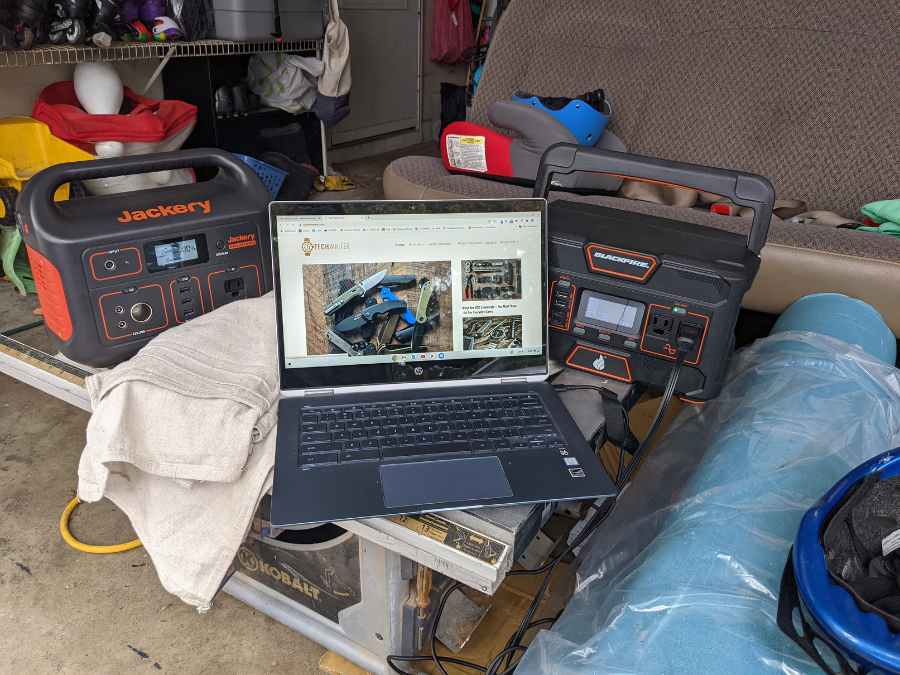
Final Thoughts
For the record, I don’t think either of these portable power banks is bad. But if you’re going to plunk down your hard-earned $499 for one of them, I think you should get the best. And for my money, the Blackfire Portable Power Station is the clear winner.
The Blackfire is easier to store and carry, has a better display screen, and offers by far the better array of output ports. It simply has a better design, and it allows you to charge and/or power a wider array of devices. For me, that makes it a no-brainer. And although the Jackery Explorer 500 Portable Power Station does have a slightly higher battery capacity, that isn’t nearly enough to overcome its many shortcomings.

Blair Witkowski is an avid watch nut, loves pocket knives and flashlights, and when he is not trying to be a good dad to his nine kids, you will find him running or posting pics on Instagram. Besides writing articles for Tech Writer EDC he is also the founder of Lowcountry Style & Living. In addition to writing, he is focused on improving his client’s websites for his other passion, Search Engine Optimization. His wife Jennifer and he live in coastal South Carolina.


